Leather shoes have always been a symbol of elegance, durability, and style. However, the soaring demands for leather shoes, coupled with ethical concerns surrounding animal welfare, have paved the way for the emergence of fake leather shoes. While these shoes offer an affordable alternative and claim to mimic the appearance and feel of real leather, it is crucial for consumers to understand the intricacies involved in the production and maintenance of such footwear. 1. Understanding Fake Leather: Fake leather, also known as faux leather or synthetic leather, is manufactured using various materials such as polyvinyl chloride (PVC) or polyurethane (PU). These materials are treated, processed, and embossed to resemble the texture, grain, and appearance of genuine leather. The resulting product is often marketed as a cruelty-free alternative without compromising on style. 2. Advantages of Fake Leather Shoes: a) Cost-effective: One of the most significant advantages of fake leather shoes is their affordability, making them accessible to a wider range of consumers.
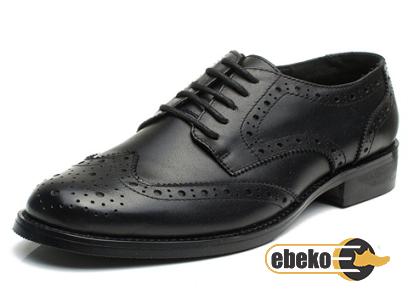
.
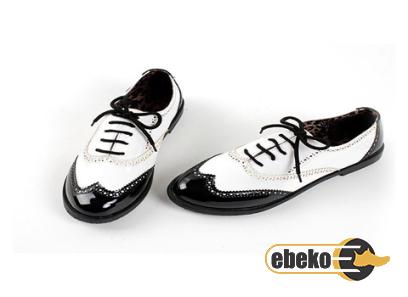 b) Cruelty-free: Fake leather shoes do not involve the use of animal products, making them a popular choice for consumers seeking to make more ethical and sustainable fashion choices. c) Durability: Synthetic materials used in fake leather shoes are often more resistant to wear and tear, resulting in a longer lifespan compared to genuine leather. 3. Limitations of Fake Leather Shoes: a) Breathability: Synthetic materials tend to be less breathable than genuine leather, which can lead to discomfort or sweaty feet, particularly in hot and humid climates. b) Environmental Impact: The production of fake leather shoes can have a negative ecological impact due to the energy-intensive manufacturing processes and the non-biodegradable nature of synthetic materials.
b) Cruelty-free: Fake leather shoes do not involve the use of animal products, making them a popular choice for consumers seeking to make more ethical and sustainable fashion choices. c) Durability: Synthetic materials used in fake leather shoes are often more resistant to wear and tear, resulting in a longer lifespan compared to genuine leather. 3. Limitations of Fake Leather Shoes: a) Breathability: Synthetic materials tend to be less breathable than genuine leather, which can lead to discomfort or sweaty feet, particularly in hot and humid climates. b) Environmental Impact: The production of fake leather shoes can have a negative ecological impact due to the energy-intensive manufacturing processes and the non-biodegradable nature of synthetic materials.
..
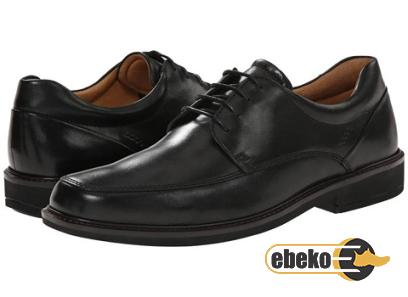 c) Longevity: While fake leather shoes can be durable, they generally do not age as gracefully as genuine leather, as they may crack or peel over time. 4. Spotting Fake Leather: To ensure you are purchasing genuine leather shoes and avoiding counterfeit products, consider the following tips: a) Visual inspection: Check for natural imperfections and irregularities that are typically present in genuine leather. Synthetic materials often display a more uniform appearance. b) Smell test: Real leather emits a distinct, pleasant odor, whereas fake leather shoes may have a chemical or plastic-like scent. c) Texture analysis: Genuine leather exhibits a soft, supple feel, whereas fake leather may feel overly smooth or plastic-like. 5. Care and Maintenance: To prolong the lifespan of your fake leather shoes, follow these guidelines: a) Regular cleaning: Wipe clean with a damp cloth and mild soap, avoiding excessive moisture.
c) Longevity: While fake leather shoes can be durable, they generally do not age as gracefully as genuine leather, as they may crack or peel over time. 4. Spotting Fake Leather: To ensure you are purchasing genuine leather shoes and avoiding counterfeit products, consider the following tips: a) Visual inspection: Check for natural imperfections and irregularities that are typically present in genuine leather. Synthetic materials often display a more uniform appearance. b) Smell test: Real leather emits a distinct, pleasant odor, whereas fake leather shoes may have a chemical or plastic-like scent. c) Texture analysis: Genuine leather exhibits a soft, supple feel, whereas fake leather may feel overly smooth or plastic-like. 5. Care and Maintenance: To prolong the lifespan of your fake leather shoes, follow these guidelines: a) Regular cleaning: Wipe clean with a damp cloth and mild soap, avoiding excessive moisture.
…
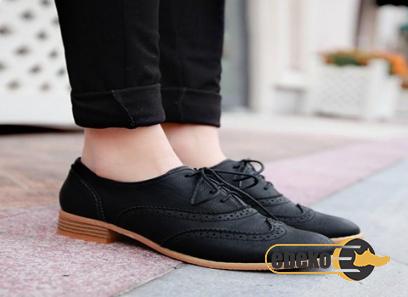 b) Conditioning: Use a leather conditioner specifically formulated for synthetic materials to prevent drying and cracking. c) Storage: Keep your shoes in a cool, dry place, preferably in a shoe box or dust bag, to protect them from dust, sunlight, and humidity. Conclusion: The rise of fake leather shoes offers consumers a more affordable and ethical alternative to genuine leather footwear. While they may have certain limitations, by understanding the production process, spotting quality differences, and following proper maintenance, fake leather shoes can be a satisfactory addition to your wardrobe, balancing style, cost, and conscious fashion choices.
b) Conditioning: Use a leather conditioner specifically formulated for synthetic materials to prevent drying and cracking. c) Storage: Keep your shoes in a cool, dry place, preferably in a shoe box or dust bag, to protect them from dust, sunlight, and humidity. Conclusion: The rise of fake leather shoes offers consumers a more affordable and ethical alternative to genuine leather footwear. While they may have certain limitations, by understanding the production process, spotting quality differences, and following proper maintenance, fake leather shoes can be a satisfactory addition to your wardrobe, balancing style, cost, and conscious fashion choices.

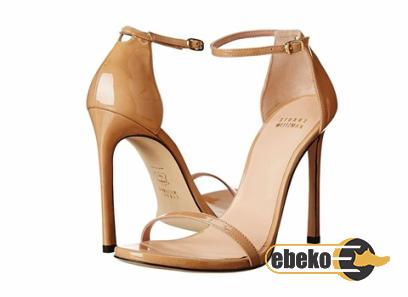
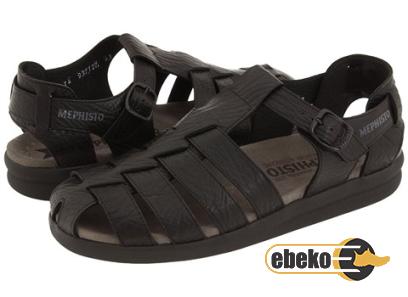
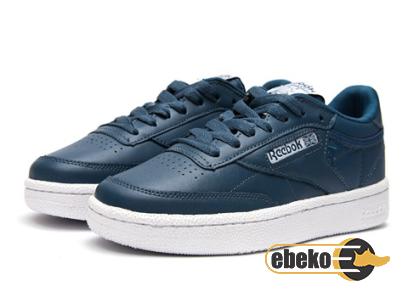
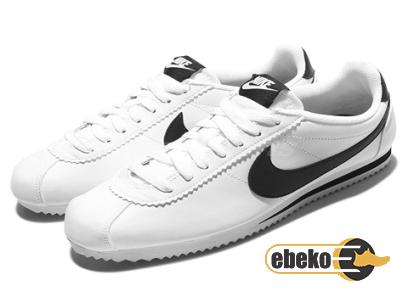

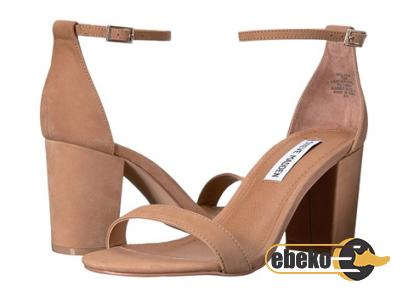
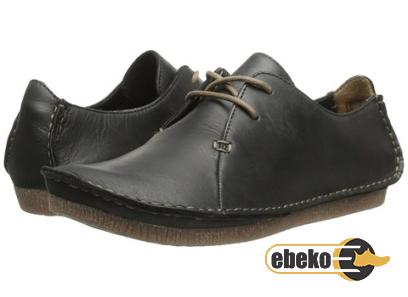
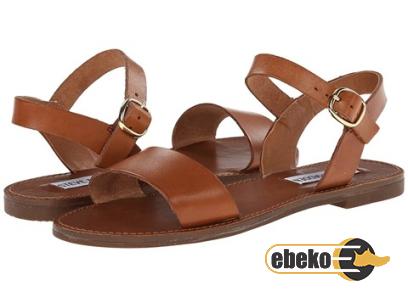
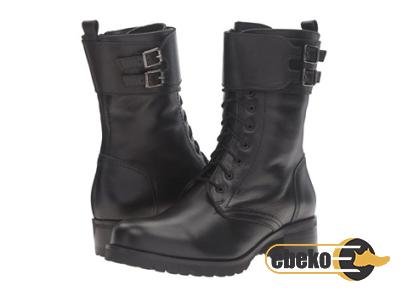
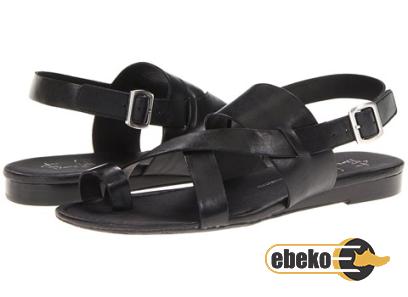
Your comment submitted.